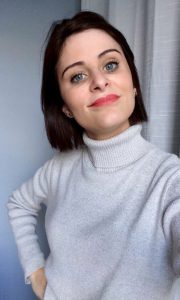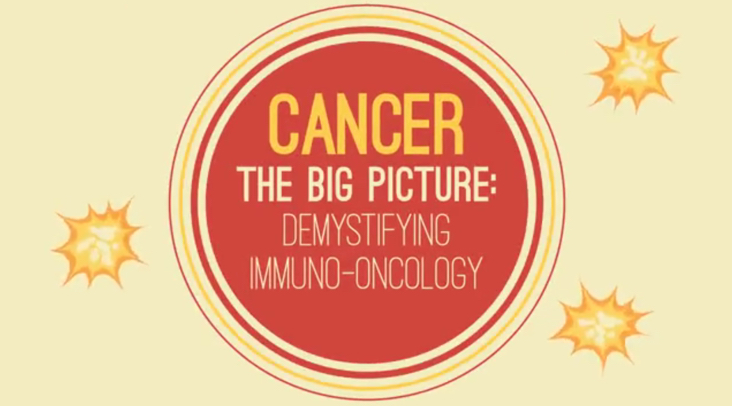In the decade since the Save Your Skin Foundation began, the Canadian melanoma landscape has seen both positive and negative changes. Advances in treatment methods and greater availability of trial drugs has increased survivorship rates, yet melanoma remains one of the only preventable cancers that has not seen a decline in diagnosis’. Review of the data found in the Canadian Cancer Society’s Canadian Cancer Statistics 2014, Special Topic: Skin Cancers and 2015, Special Topic: Predictions of the Future Burden of Cancer in Canada reveals that more Canadians are being diagnosed with melanoma than ever before.
Melanoma diagnosis rates have risen considerably in the past decade; in 2006, it was estimated that melanoma accounted for 13.6 of every 100,000 male cancer diagnosis’, and 11 of every 100,000 female cancer diagnosis’. This number has climbed to 16.1/100,000 cases for males and 13.2/100,000 for females in 2015 (2015 26-27). Given that the largest risk factor for melanoma is UV exposure, it is possible that this rise is due to the increasing popularity of tanning beds; this suggestion is supported by the yearly increase of 2.9% of melanoma cases among women between 2001-2010, versus 2.3% per year for men between in the same time period (21). However, melanoma is still more prevalent in males than in females; the Canadian Cancer Society estimated that in 2014, 1 in 59 Canadian men would develop melanoma with a 1 in 290 mortality rate, while 1 in 73 Canadian women would develop melanoma with a 1 in 395 mortality rate (2014 78).
While these numbers are growing, so are the survival rates of melanoma in Canada. Based on their follow-up data from between 2004 and 2008, the Canadian Cancer Society found “the one-, five-, and [ten]-year predicted relative survival ratios (RSRs) [to be] 97%, 89% and 86% respectively” (83). The CCS also found that the five-year predicted relative survival ratio has risen “from 85% in 1992-1996 to 89% in 2004-2008” (83), likely due to the rise of new treatment opportunities for melanoma patients.
While the incidence and mortality rates are higher in adult than adolescent Canadians (2014 77), statistics demonstrate that childhood sun safety is critical. Skin cancer is the second most diagnosed among Canadian youth 15-35 years old (Canadian Skin Cancer Foundation, “About Skin Cancer”), and the Canadian Cancer Society has found links between intermittent and intense sun exposure (resulting in burns) in adolescence and the development of skin cancers later in life (2014 87). It is imperative that parents ensure their children are protected during their outdoor activities, not only during their summer activities but also while partaking in winter sports, as snow can reflect UV rays. Preventing sunburns in adolescence, and teaching children about sun safety, can reduce their chances of developing melanoma as an adult.
Maintaining a sun safe attitude is not just important as an adolescent; no tan is a safe tan, and exposure to UV rays at any stage in life can contribute to the development of melanoma! If you are interested in reading more about sun safety, Save Your Skin’s recent blog post on the topic can be found here. For more information about cancers in Canada, we recommend a read of the Canadian Cancer Society’s Canadian Cancer Statistics 2014, Special Topic: Skin Cancers and 2015, Special Topic: Predictions of the Future Burden of Cancer in Canada. Thank you for reading, and remember sun safety during your outdoor activities!
Works Cited:
Canadian Cancer Society’s Advisory Committee on Cancer Statistics (2014). Canadian Cancer Statistics 2014. Web.
Canadian Cancer Society’s Advisory Committee on Cancer Statistics (2015). Canadian Cancer Statistics 2015. Web.
Canadian Skin Cancer Foundation. “About Skin Cancer”. Web.






 Montréal, QC
Montréal, QC





